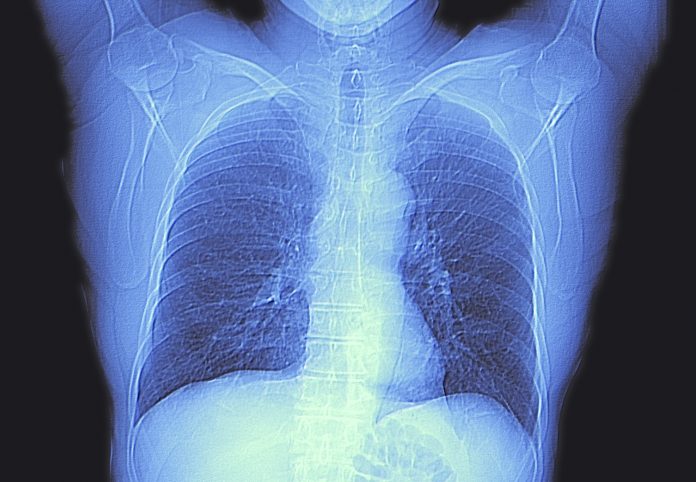
A team of researchers at Vanderbilt University have developed an artificial intelligence (AI) tool that analyzes low-dose CT (LDCT) scans to predict mortality risk of patients. The AI tool uses the scans of patients’ lungs and not only improves risk prediction for death from lung cancer, but also cardiovascular disease and other causes, according to the study published today in the journal Radiology.
“When we’re looking at the CT images, the primary focus is on identifying nodules suspicious for lung cancer, but there is much more anatomical information coded in the space, including information on body composition,” said study lead author Kaiwen Xu, a PhD candidate in the Department of Computer Science at Vanderbilt.
The U.S. Preventative Services Task Force recommends annual lung screening with LDCT for people with a high risk of lung cancer between the ages of 50 to 80. However, these scan can provide more than just information about the lungs.
Previously, Xu and colleagues developed an AI algorithm that automatically derives other body composition such as fat percentage, muscle, and bone measurements in the body from the lung screening LDCT. Changes in a person’s body composition such as loss of muscle mass or obesity can be signals of chronic health conditions such as diabetes and other metabolic conditions. Such changes have been previously shown to be useful for risk stratification and prognosis for cardiovascular diseases and chronic obstructive pulmonary disease (COPD). Body composition also can help predict survival in patients with lung cancer.
For this study, the investigators looked to assess the added value of using these body composition measurement using CT scans of more than 20,000 people whose data were contained in the National Lung Screening Trial. Their assessment confirmed that using the measurements form the tool improved risk prediction for death from lung cancer, cardiovascular diseases, and death from all causes.
Measurements of the levels of fat in a person were particularly strong predictors of mortality, findings that are consistent with previously published research. Infiltration of skeletal muscle with fat, called myosteatosis, is now thought to be a better predictor of mortality than reduced muscle mass.
“Automatic AI body composition potentially extends the value of lung screening with low-dose CT beyond the early detection of lung cancer,” Xu noted. “It can help us identify high-risk individuals for interventions like physical conditioning or lifestyle modifications, even at a very early stage before the onset of disease.”
Based on their study, the researchers believe that using the LDCT lung screening to determine risk from other health factors has potential as a clinical tool in the future.
“The images in a CT ordered for quite a different purpose—in our case, early detection of lung cancer—contain much more information,” Xu said. “In the space of the chest CT used for lung cancer screening, you can also check other information like body composition or coronary artery calcification that is directly associated with cardiovascular disease risk.”
The team noted that their study examined individuals at baseline screening only. They are now planning to build on their new findings to follow patients longitudinally, aiming to develop richer data that shows how changes in body composition relate to health outcomes over time.












